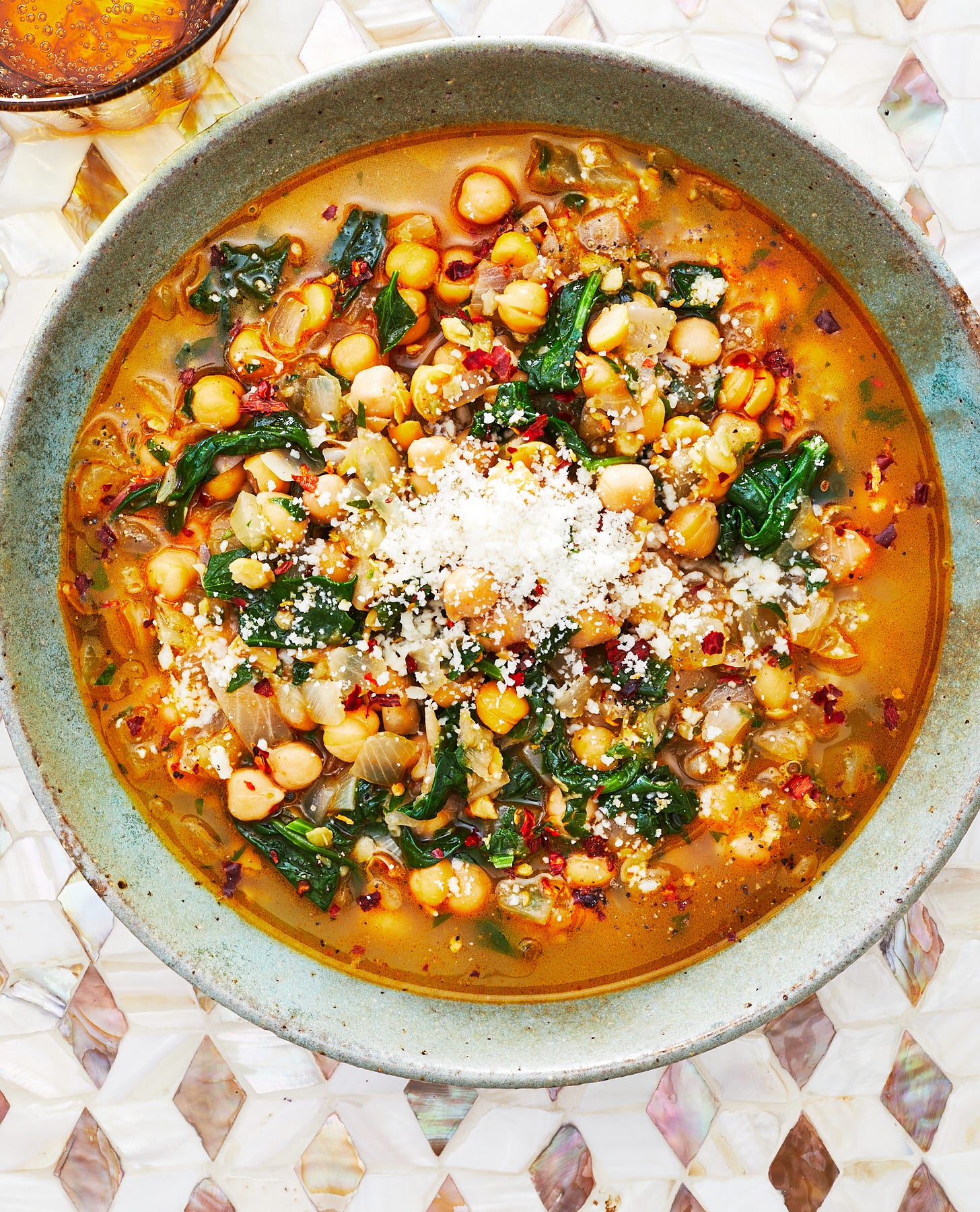Launching a New Year with Lemons - No. 180
Let lemons brighten your mood, plus a recipe for Garlicky Spinach and Chickpea Soup with Lemon and Pecorino Romano. Preserved Lemons are coming Thursday!

WHAT DO YOU DO WHEN YOU hit send on a book manuscript and bid farewell to the holidays?
A. Go on vacation? B. Download something light and unsubstantial from Audible? Or C. Get back in shape? D. Clean out the refrigerator?
Absolutely D.
You clea…


